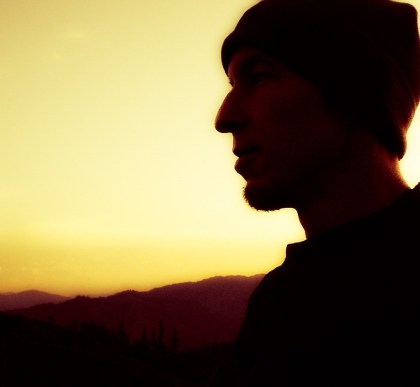Two Types Of Idaho Hot Springs
- Public Idaho Hot Springs - These springs are typically on public land (National Forest or BLM) and are considered a somewhat 'rustic' or 'wilderness' style of soak, although sometimes improvements made to the pools can yield to a commercial look and feel.
- Commercial Natural Hot Springs - These springs are on private land, have on-site facilities of some sort and usually require a fee to access.
Hot Springs Etiquette and General Guidelines
Before heading out on your next (or first) soaking excursion, please consider reading the helpful resources in the Guides and Articles section.
About This Website
This website was designed for the purposes of sharing information and experiences related to hot springs, hiking and the great outdoors with 'like' minded individuals. The IdahoHotSprings.com Webmaster has been enjoying hot springs, hiking, backpacking and camping in Idaho and the northwest for many years and houses a firm belief that the enjoyment of hot springs can be achieved through conservation, education and preservation.
 The IdahoHotSprings.com Webmaster
The IdahoHotSprings.com Webmaster
Please feel free to connect with the webmaster for comments, questions and/or suggestions. Guest pictures, trip reports and ratings on any hot springs are always welcome. Anything you send in that is posted on this website will be credited with the proper source.
An Idaho Geothermal History Lesson
Ninety percent of Idaho's 340 hot springs are the result of leftover energy heating water near fault lines. This energy is essentially leftover from a 17 million year old meteorite collision that occurred in present day southeast Oregon. The collision dramatically altered the once lush, forested environment into the high desert landscape that is familiar today.
The impact of the meteorite was deep, in fact so deep that it remains stationary while the North American tectonic plate shifts above it. As the plate slowly moves, the hot spot periodically erupts volcanic lava - leaving a traceable path of volcanic activity behind.
This path of volcanic activity is not only responsible for Yellowstone, but for almost all of the hot springs activity in Idaho. Other evidence the hot spot has left behind include Craters of the Moon and the basalt lava flows visible throughout southeast Idaho, most notably off Interstate 84.
As the earth above the hot spot continues to shift, Yellowstone will eventually look like Craters of the Moon does now. Which means Craters once looked like present day Yellowstone.
Also worth noting: The meteorite that hit southeast Oregon 17 million years ago had an impact so great that it wiped out all life in the Pacific Northwest; lava blasted out of the impact crater for hundreds of miles and sent a river of lava to the west coast, creating the Columbia Plateau in its wake (Source: Roadside Geology of Idaho, Mountain Press Publishing Company, 1995).
